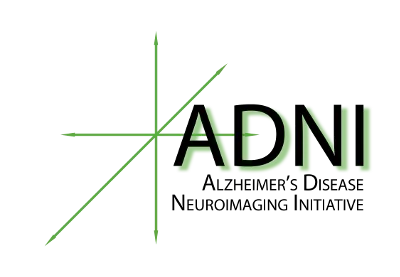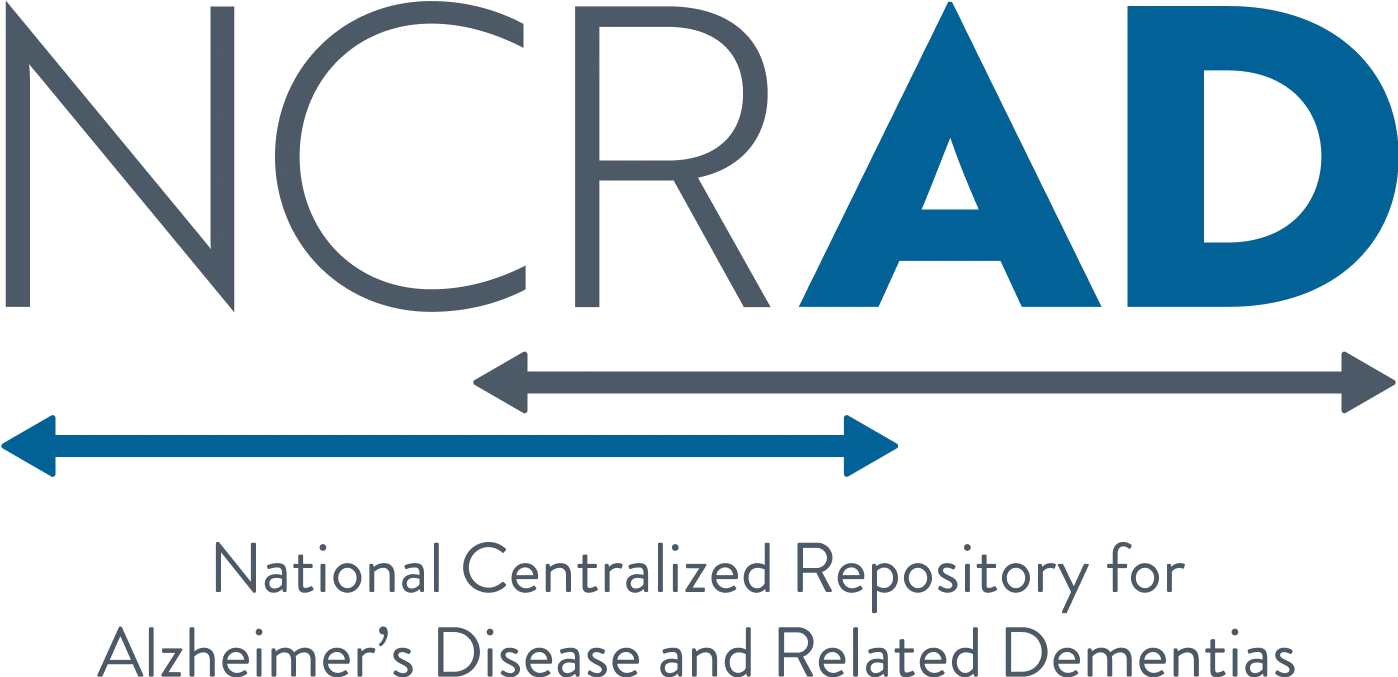ADNI-3,4 Active Study Page
This section encompasses study specific tools for your reference. If you have any questions, comments, or new ideas please contact NCRAD by email or phone (800) 526-2839 or 317-278-8413.
General questions about the study, not related to the specimens should be directed to the ADNI website.

Study Resources
The biological sample form is maintained in the worksheet packet on the ADNI-3,4 web portal.
We respectfully ask that all completed forms be emailed prior to shipment. We also ask that all shipments include a hard copy of each sample form.
After the lavender-top EDTA tubes have been centrifuged, the blood will be separated into layers. The buffy coat is the thin layer (.5 - .75mL) between the plasma and red blood cells. There should always be a buffy coat and it is usually white in color.
The buffy coat should be extracted from the lavender-top EDTA tubes and extraction should occur after the plasma has been transferred. Using sterile gloves and a sterile pipette, extract the buffy coat from one of the lavender-top EDTA tubes by going in a circular motion around the inside of the tube where the buffy coat is and aliquot it into one of the 2mL cryogenic vials. Repeat this process for the second lavender-top EDTA tube and the remaining, empty 2mL cryogenic vial. It is very normal to get some of the red blood cells when extracting the buffy coat and if red blood cells are not included then you have not gone far enough down the tube. Since some red blood cells will be included, then you will likely get 1 ml or more volume transferred to the cryovial. Be sure to complete all fields on the labels and secure each label to a cryogenic vial without obscuring any information.
Please explore the below videos sponsored by NCRAD for the PSDC study.
Sample Services at NCRAD
Looking for a biorepository to bank your samples? Check out NCRAD for sample banking. We can bank samples for new studies, ongoing studies, and closed studies.
Bank samples at NCRADLooking for samples for your research? Check out NCRAD’s inventory of available samples. Our Biomarker Analysis Laboratory (BAL) provide insights through standardized processing and cross-laboratory comparability studies.
Access samples at NCRADLearn more about BAL
